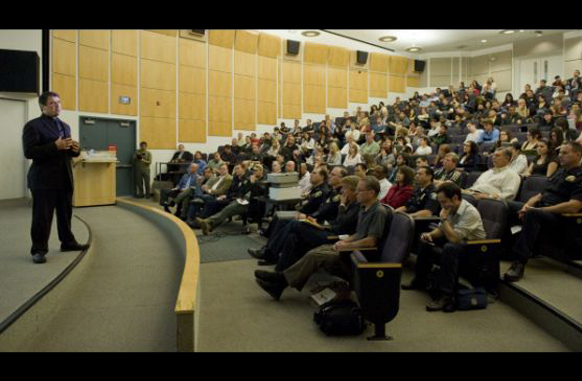Crisis Management Consulting
The global nature of today’s business means that employees are now traveling more often to meetings and remote manufacturing locations in newly industrialized countries. This increases risk, as the contingencies that companies find themselves confronting are becoming progressively more diverse and challenging. Recurring natural disasters, security breaches, and terrorist attacks have revealed vulnerability related to corporate management of emergency.
What would your organization do in an emergency situation? Is your crisis management plan adaptive enough to cover travel safety related threats? Will your company’s key decision makers be able to converge and manage incidents in real time? What assets does your organization have at its disposal in an emergency? Do you have established access to qualify outside resources, such as doctors, translators, and negotiators ready to respond on your behalf? Has your disaster planning taken into account the long-term impact to productivity and reputation? |
|
An efficient business continuity plan and a seamless integration of the emergency response process with risk management programs are essential for business performance and governance.
While most business continuity/resiliency plans prioritize infrastructure and IT, minimal attention has been given to the human elements and the ability of corporate decision makers to manage crisis situations.
Since key decision makers, such as the CEO, COO, CFO, CSO, HR manager, and Legal Counsel, travel regularly, it is unlikely that they would be in the same place at the same time to manage a crisis. To meet these challenges, the DMI security consulting team has developed an innovative an interactive, web-based software solution that can be used from anywhere / anytime by the designated crisis managers.
By comparison to the commonly used written crisis management manuals and check lists, this technology provides corporate executives with a dynamic, integrated, systematic, and modular way to monitor, understand, assess, capture and manage complex, dynamic, non-linear, inter-related, multi-dimensional, and simultaneous sets of challenges. |
 |
| Unique capabilities and applications: | |
| • | Real time systematic data collection, authentication and decision-making |
| • | Manages both natural and man-made risk scenarios, activities, and processes |
| • | Provides information support to employees during local, regional, national, and international emergencies. |
| Provides end-to-end functionality for managing the complete emergency lifecycle including data collection, risk assessment and threat perception validation, intervention planning and scheduling, selection of pre-approved emergency response procedures and checklists. | |
| • | Allows users to model the possibilities of variable risk mitigation strategies and allocate resources efficiently in accordance to the risks they are assigned to mitigate. |
| • | Provides a mechanism to track and measure emergency resource allocations in near-real time. |
| • | Functions as an engine that allows for the seamless interaction of knowledge-based and human-like reasoning (interpretation of information) to rapidly consider a vast numbers of hypotheses or decision alternatives and filter them to relatively few for interactive consideration. |
| • | Promotes teamwork and accountability at times when the urgency of a problem situation might induce taking shortcuts that later could prove to be as costly as the disaster itself. |
| • | User friendly graphic interface that provides a description of each step in the process and explains how to apply them to the situation at hand. |
| • | Allows for remote practice and testing with simulated crisis scenarios-- a very cost effective alternative to face-to-face “Table Top” training exercises. |
| • | Easy to update remotely, keeping the program and its solutions current with evolving threats. |
| • | Advanced features such as tracking of time, events and risk profiles, status reporting and record keeping, email based mass notifications and alerts, secure log-in, shared control ownership, and simultaneous occurrences processing, enhance the users’ abilities to implement industry best practices for efficient crisis response and compliance management. |
As we continue to hope for the best while expending free trade into the global market, we must be prepared and have proven solutions to inherent risks. This first of its kind Integrated Crisis Management Solution™ (ICMS) brings corporate self-reliance and safety to unprecedented levels.
For more information please contact our crisis management affiliate experts at to find out how the Integrated Crisis Management Solution™ can make your company safer.
Burning Need to Protect Enterprises from Wildfires
by Bill Zalud
December 1, 2007
A handful of big-name corporations evacuated their facilities while others concentrated on informing employees about the status of the recent California wildfires that struck Southern California. The bottom line: Security operations with a disaster plan and strong, diverse communications did a better job of handling the wildfires than those without.
To view the entire article click here.
- Home
- Security Consulting
- Travel Safety Consulting
- Crisis Management Consulting
- Travel Safety Training
- workplace
violencE
Management training - family protectioN Training
- crisis management Training
- corporate aviation Training
- executive protection Training
- executive protectioN SERVICES
- staff & qualifications
- Testimonials
- clients
- press
- videos
- Store
- links
- contact us






